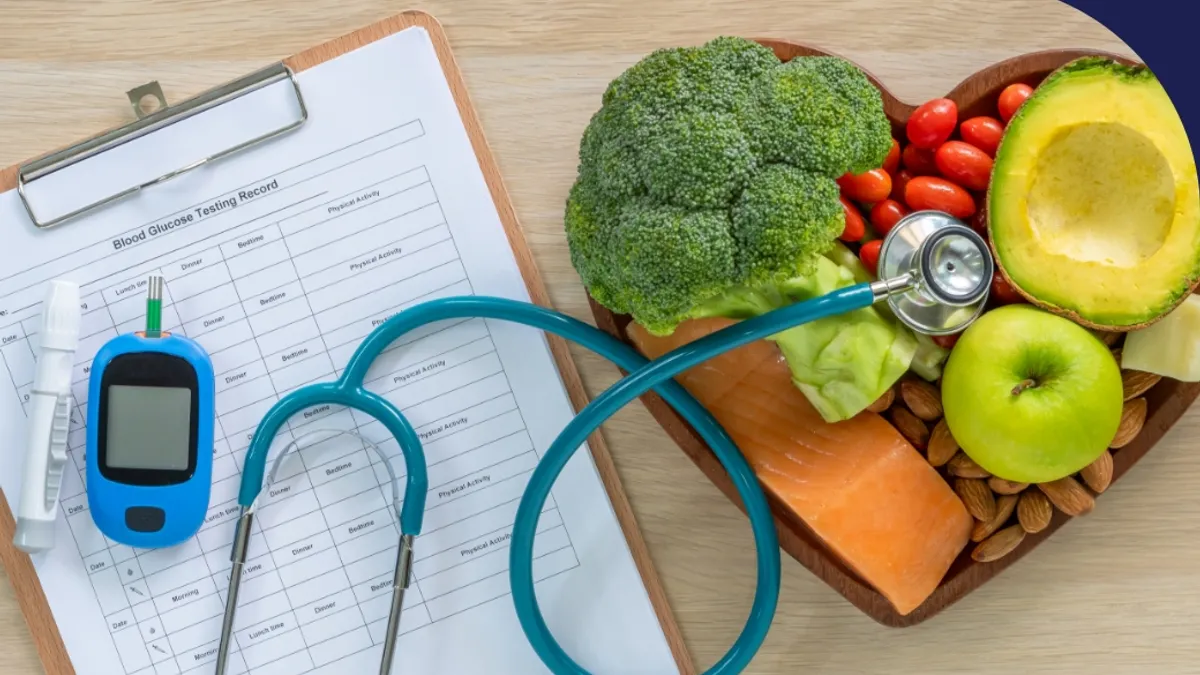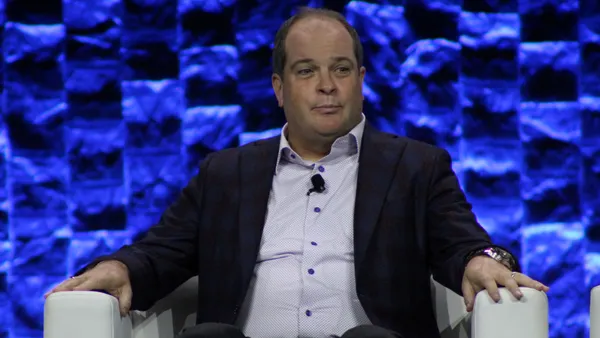Dive Brief:
- A fuel cell that converts excess glucose into electricity has powered the release of insulin from beta cells in mice, suggesting it may be possible to create an automatic, self-sufficient treatment for diabetes.
- Writing in the journal Advanced Materials, researchers at ETH Zurich in Basel describe the use of a 3D carbon nanotube composite that monitors blood sugar levels and converts excess glucose into electrical power.
- By pairing the fuel cell with engineered beta cells, the scientists created a device that detects high blood sugar levels, releases insulin and returns to its inactive state once glucose levels fall to the normal range.
Dive Insight:
There is a need for better ways to power medical implants. Devices either have a battery that gradually runs down and eventually needs replacing in another procedure, or use rechargeable batteries that are powered wirelessly. Neither option is perfect. Ideally, batteries would neither need replacing or charging manually. Rather, they would be self-sustaining. Researchers at ETH Zurich saw a way to realize that idea.
“Many people, especially in the Western industrialized nations, consume more carbohydrates than they need in everyday life,” ETH Zurich’s Martin Fussenegger said in a statement. “This gave us the idea of using this excess metabolic energy to produce electricity to power biomedical devices.”
Earlier papers have described the development of glucose biofuel cells but the idea has been held back by the limited shelf-life of key enzymes and the need for glucose concentrations above the physiological range.

Fussenegger and his collaborators realized the vision, at least in mice, by using a copper-containing, conductively tuned 3D carbon nanotube composite. When the device detects hyperglycemia, it converts glucose into gluconic acid and a proton to generate electricity. The electricity is sufficient to power a small medical device, in this case a capsule containing artificial beta cells.
Because the fuel cell only generates electricity during hyperglycemia, the device automatically stops releasing insulin once blood sugar levels have returned to normal. The fuel cell also made enough energy to support communication with external devices, such as smartphones, and enable doctors to remotely change the settings.
The device remains a prototype and the researchers see “a long, uncertain road to market maturity.” The financial and human resources needed to bring the device to market are beyond the reach of the team at ETH Zurich. An “industry partner with the appropriate resources and know-how” will be needed to take the project forward.
If commercialized, the technology could disrupt continuous glucose monitor and insulin pump markets fought over by companies such as Abbott and Medtronic. The industry has succeeded in developing artificial pancreas systems that monitor glucose levels and release insulin in response, but patients have to wear devices attached to their bodies.












